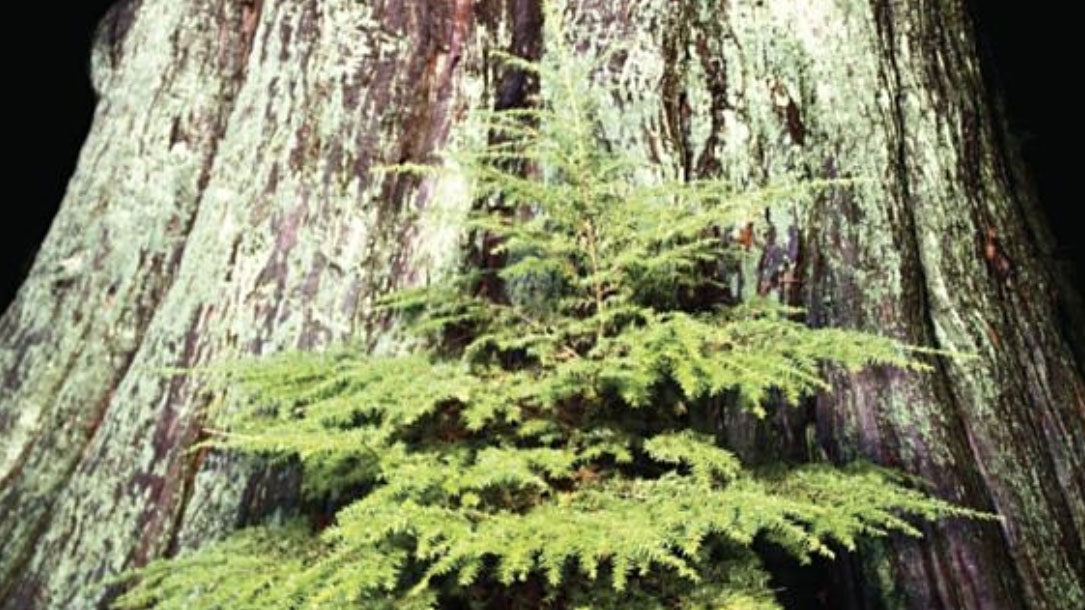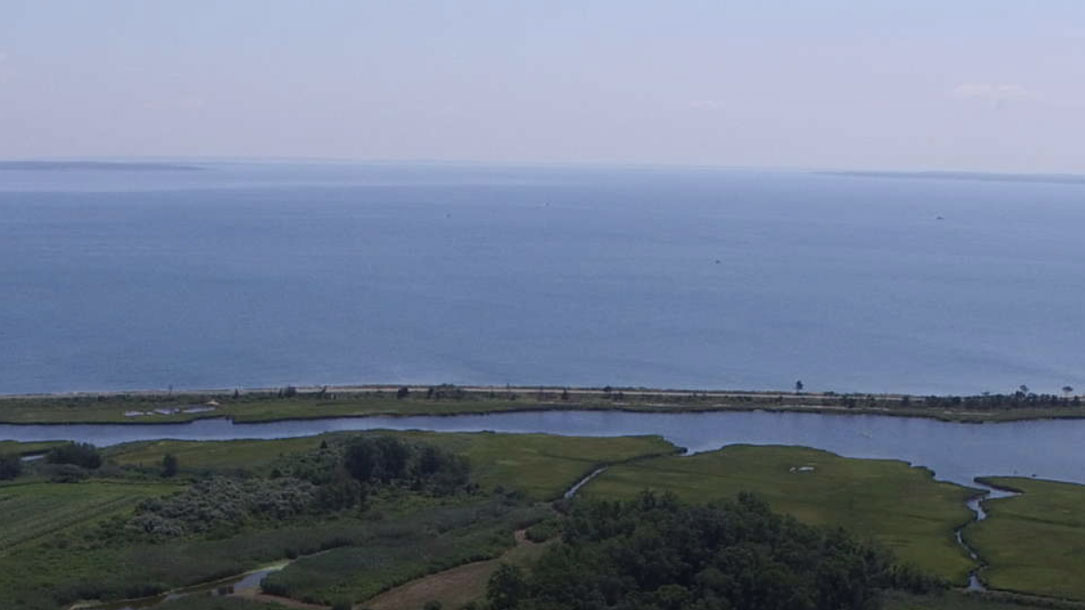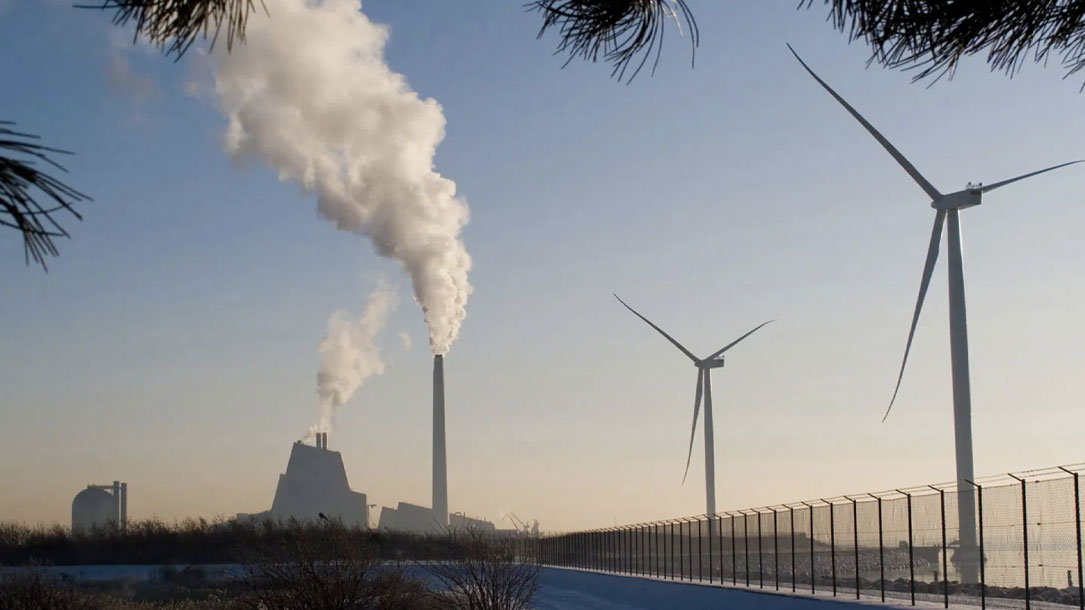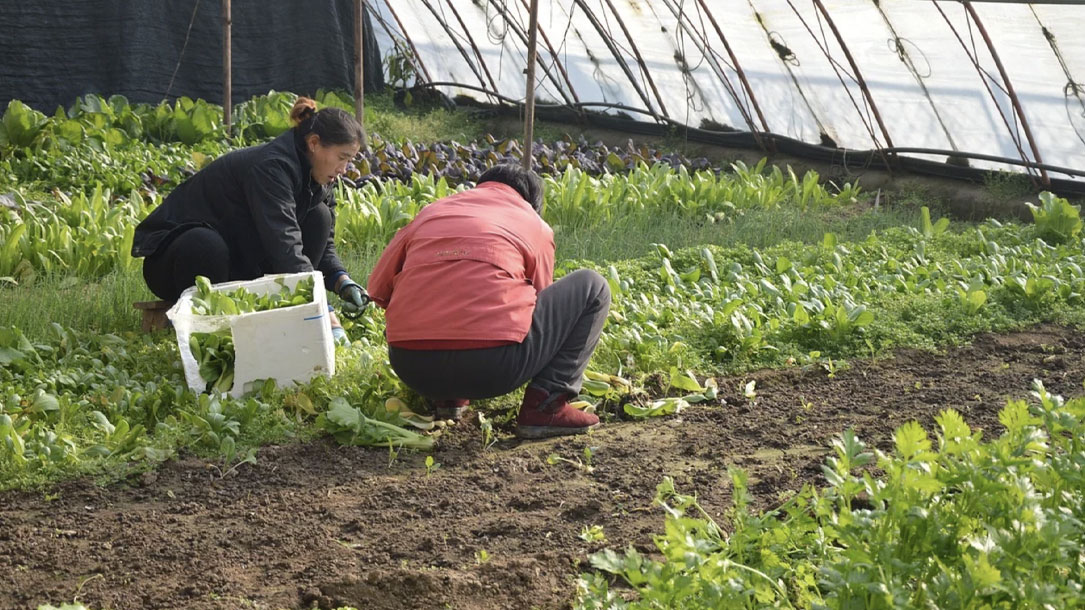Home > Climate News >

The antidote to climate dread
There have long been concerns in the climate science community about possible public “fatigue” at being bombarded with dire news of the worsening climate, and having this lead to widespread dread or overwhelm, which can create an emotional barrier to actually taking action.

Good read: Katharine Hayhoe’s “Saving Us”
“When it comes to climate impacts and climate action, there is a narrow path between despair and hope.”

AFT welcomes solar and conservation specialist
American Farmland Trust welcomes Ethan Winter as the Northeast Solar Specialist. In this role, Winter will work across regional and national programs to help set and implement AFTs strategy for solar energy generation and farmland conservation. Winter joins AFT with an extensive background in solar development throughout the Northeast.

Spotlight: Suzanne Simard
Following up on the Western NY Land Conservancy’s webinar, you might want to read Dr. Simard’s book. Simard writes — in inspiring, illuminating, and accessible ways — how trees, living side by side for hundreds of years, have evolved, how they perceive one another, and how they have learned to adapt their behaviors, recognize neighbors, and remember the past…

What is conservation’s impact on climate?
Through conservation and stewardship, the Trust works every day with the community to help stem the negative impacts from rising greenhouse gas emissions. In recent years, the Trust’s work has taken on urgency related to Climate impacts, with our focus on conservation and stewardship focused on mitigation and restoration.

Restoration and solar team up
For over a year now, much of the SunCommon team has been working remotely, and all-staff gatherings have been suspended. But graced with good weather and increased access to vaccines amongst [their] staff, [they] paused operations for a day to give each other the opportunity to reconnect after a year apart, provide service to our community, and expand [their] mission impact by planting carbon-sequestering trees.
Check out the projects and organizations they worked with…

Providing economic opportunity for family forest owners
The Nature Conservancy, The American Forest Foundation, and Amazon are working together to help family forest owners bring in income through sustainable forest management, which has been proven to play a significant role in sequestering more carbon.

Greens: Divided on ‘clean’ energy? Or closer than they appear?
Solar, wind, and geothermal sources currently account for just 11% of U.S. electricity, with another 7% from hydroelectric dams, 20% from nuclear, 19% from coal, and 40% from gas. A host of energy modeling studies have concluded that renewable energy could be scaled up to supply 80-90% of U.S. electricity demand, but meeting the final 10-20% is exceedingly challenging.
The 2035 report by the UC Berkeley Goldman School of Public Policy estimated that the U.S. could achieve 90% emissions-free electricity by 2035, including 70% from wind and solar with batteries, 20% from nuclear, and 10% from gas…

Glasgow Calling: In a crucial year for climate, The Nature Conservancy appoints renowned climate scientist and communicator Professor Katharine Hayhoe
Riding a wave of optimism about renewed global climate action, The Nature Conservancy (TNC) is thrilled to announce the appointment of Professor Katharine Hayhoe as its new Chief Scientist…

Empowering women farmers and landowners to protect their land and embrace conservation
“The future of agriculture is increasingly female.
43 percent of U.S. farmland —nearly 388 million acres— is now farmed or co- farmed by women. Many of these women have a strong conservation ethic and are deeply committed to healthy farmland, farm families, and farm communities.
But women face gender-related barriers to managing their land for long-term sustainability…”












